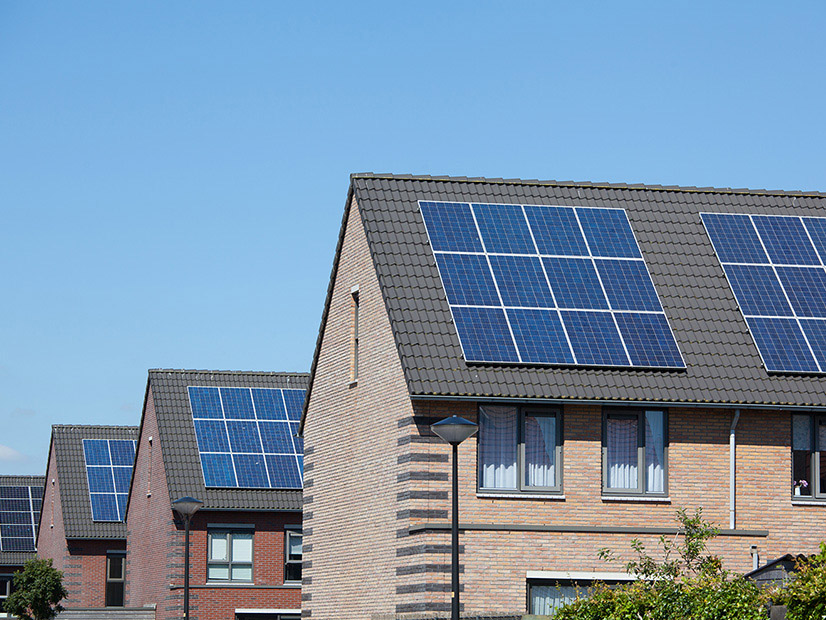ISO-NE sent new proposed rules on distributed energy resource interconnection to FERC for approval last week.
Currently, some DERs use the ISO-NE interconnection process, while others use distinct state interconnection processes, a disconnect that the grid operator says “results in multiple coordination problems and inefficiencies that in some cases result in adverse outcomes for DER developers.”
To solve that problem, ISO-NE is proposing that all new DERs proceed through the applicable state processes.
Transmission owners are currently responsible for determining whether new DERs have to use the state or RTO process, and they use different mechanisms and assumptions, ISO-NE said. The large number of DERs coming online has also made it “increasingly difficult for the [TOs] to track the status of thousands of feeders throughout New England.”
During NEPOOL stakeholder meetings, an ISO-NE official called the process “extremely challenging and time-consuming.” (See “DER Interconnection Process,” NEPOOL Transmission Committee Briefs: March 23, 2022.)
ISO-NE requested that its tariff revisions become effective on Aug. 28.


